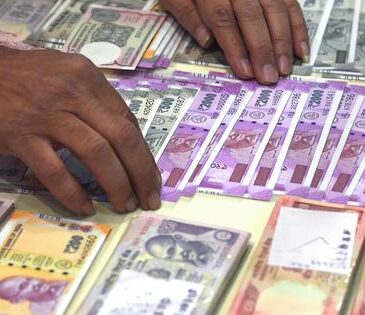The Supreme Court’s mention of the constitutional principle of proportionality is what makes the March 4, 2020 decision so important. Even though the power of the RBI stood, the exercise of that power had been found to be disproportionate to the objectives as announced.
The rule of proportionality demands that any restriction imposed on an essential right, such as the right to pursue a profession, must have a reasonable nexus to the object sought to be achieved and be not out of proportion to harm which it seeks to prevent. The Court noted that notwithstanding repeated reprimand by the RBI since 2013, the central bank could not provide a “modicum of evidence” indicating that the crypto-sector’s involvement with regulated players had caused actual measurable systemic loss.
The Court held that the complete banking prohibition was an excessive and disproportionate instrument. It viewed the RBI’s extreme action as not justified because there was no visible harm that was bad enough to warrant a complete denial of banking access. The IAMAI decision prompted the government to revise its approach by invalidating the 2018 circular. It did this by requiring a higher standard of evidence for regulatory intervention and effectively making VC trading through formal banking channels legal again.




